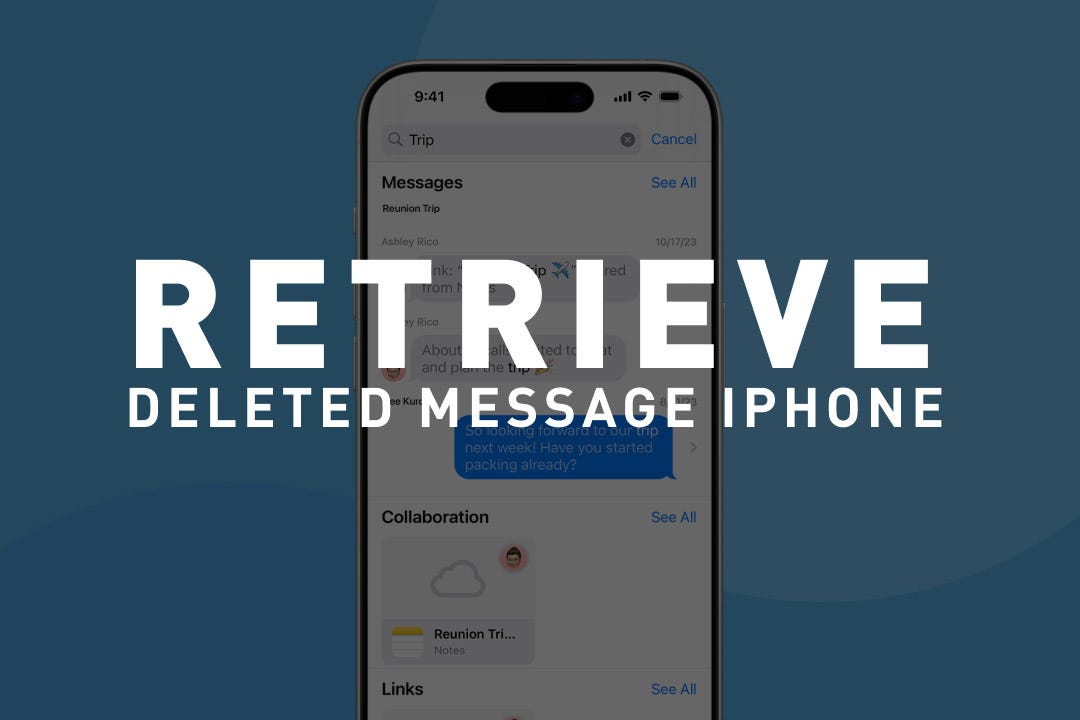When my team first tested three “top-rated” AI summarizers, we expected efficiency — not chaos.
One skipped paragraphs. Another invented quotes with alarming confidence.
Only one delivered consistent results, and that wasn’t by chance.
The difference came down to process.
A structured, data-driven analysis of AI tools turned random experiments into measurable insight.
Instead of arguing about which tool felt better, we tracked clear metrics: accuracy, speed, stability, and cost per task.
Within a week, patterns appeared — the flashiest demos often hid the most fragile systems.
These days, with hundreds of new AI products launching every month, guesswork simply doesn’t scale.
According to Gartner, many enterprise AI projects struggle or fail due to weak evaluation practices and unclear metrics.
If your team still chooses tools based on hype or instinct, you’re betting against the odds.
Only data can separate signal from noise.

Stop Guessing: What to Measure When Comparing AI Tools
Most teams test AI tools the lazy way — they watch one demo, poll a few colleagues, and declare a winner.
But first impressions are deceptive.
If you want consistent results, treat evaluation like a small-scale experiment, not a product review.
Performance Accuracy
How close do the results come to what you expect?
Feed the same input to multiple tools and manually review the output. You’ll be surprised how differently “good” tools behave when asked to do the same thing.
Response Speed and Stability
Speed counts — until reliability breaks.
Measure average response time and track whether the tool crashes, stalls, or changes tone under load.
Output Quality and Consistency
Metrics can’t judge nuance.
Look for factual accuracy, logical flow, and tone consistency. If one output sounds brilliant but the next makes no sense, that inconsistency is a warning sign.
Ease of Integration
Even the best model is useless if it doesn’t fit into your workflow.
Check that it works smoothly with your data stack, permission system, and automation setup.
Cost Efficiency
Calculate total cost per finished task, not just per token or subscription.
A “cheap” plan often costs more once errors and retries pile up.
When you line up these five dimensions, patterns start to emerge.
Sometimes the “average” tool outperforms the industry darling simply because it’s predictable and steady.
That’s the real difference between testing a product and benchmarking a workflow.
But good metrics aren’t enough — you still need a system that filters what matters.

Apply a Curation Approach to Build a Data-Driven Test Plan
Just as the curation approach of ChatGPT Pulse sorts signal from overload, your evaluation plan should strip away noise and keep only actionable data.
You don’t need code or dashboards — just a clear process.
Step 1 — Pick three real-world tasks
Summarize a report, draft an email, analyze a dataset — choose what your team actually does.
Practical beats theoretical.
Step 2 — Define what “good” means
Decide success metrics in advance: accuracy rate, completion time, or a 1-to-5 quality score.
It prevents bias later.
Step 3 — Run identical prompts across tools
Keep inputs fixed so the tool is the only variable.
Run each test three times to catch variance.
Step 4 — Record the results
Use a spreadsheet, Notion table, or — if supported — your workspace in Skywork Skypage to track data.
According to Skywork’s documentation, its platform supports document and sheet-style outputs that can be repurposed for evaluations.
Columns for speed, accuracy, and notes are enough to spot trends fast.
Step 5 — Compare, visualize, decide
Plot a quick radar or bar chart.
Don’t hunt perfection — look for balance.
Stability beats flash; repeatability beats luck.
The magic isn’t in fancy analytics.
It’s in the discipline of testing, recording, and deciding with evidence.
Why Data Alone Isn’t Enough — What ChatGPT Pulse Gets Right
Raw data tells you what happened.
Curation tells you why it matters.
That’s what makes ChatGPT Pulse valuable — it doesn’t chase every update; it organizes insights so readers see patterns, not clutter.
Apply that mindset to your evaluations.
More data rarely means better data.
Here’s what Pulse gets right — and what’s worth copying:
Focus beats volume
Pulse curates selectively, ranking updates by relevance.
Do the same: ask whether each metric truly helps you decide. If not, drop it.
Context gives numbers meaning
A score of 0.8 means little without knowing the task or cost.
Add notes, not just numbers.
Human judgment closes the loop
Pulse mixes automation with editorial sense — you should too.
Metrics reveal patterns, but people interpret trade-offs: what’s good enough, what scales, what fits your tone.
Curation is structured intuition.
It’s how raw data turns into confident decisions.
A 20-Minute DIY Benchmark — Try It Yourself
You don’t need a lab or an engineer to benchmark AI tools.
Twenty minutes, a real task, and fairness are enough.


The best tool isn’t the fastest or the cheapest — it’s the one that stays reliable under pressure.
Ask yourself:
- Which metric matters most for this task?
- Does the performance hold over time?
- Is the cost proportional to value?
Run this once or twice, and you’ll never rely on gut feeling again.
From Data to Decision — Lessons from Pulse and Practice
Data doesn’t make decisions; people do.
But when information is organized and contextualized, decisions get better.
Both AI benchmarking and ChatGPT Pulse share the same truth:
- Focus on meaningful signals. Track only the metrics that truly matter.
- Let patterns guide, not dictate. Use data as a compass, not a verdict.
- Keep humans in the loop. Numbers inform, but judgment decides.
A mature evaluation process isn’t a project — it’s a habit.
Teams that measure, compare, and refine continuously outperform those that rely on instinct.
That’s the quiet advantage of data-driven curation: learning not to collect more data, but to interpret it better.
Closing Thoughts — Building an Evaluation Culture
Being data-driven isn’t about spreadsheets.
It’s about trust — in your process, in your evidence, in your decisions.
Every organization faces the same paradox: too many tools, too little clarity.
The real edge lies in learning faster than the noise.
That starts by creating an evaluation rhythm — testing, reviewing, and improving until it becomes second nature.
Start small: one task, one metric, one sheet.
Run a test, note the outcome, discuss what surprised you, repeat next week.
Soon you’ll have your own internal “AI Pulse” — a living record of what works, what doesn’t, and why.
From our perspective at Skywork, the difference between chaos and clarity isn’t luck — it’s process.
A repeatable, transparent process that turns experimentation into confidence.
The same mindset that powers ChatGPT Pulse can guide your team too: filter, measure, and decide with intention.
So start small — but start.
Because the smartest AI strategy isn’t built on more tools; it’s built on better judgment.



